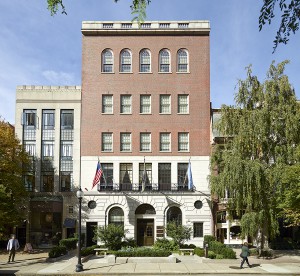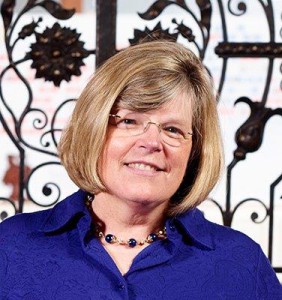
Early in the year, in the midst of a particularly terrible cold snap, Mrs. Gray recalls the winter of 1844, shortly before her marriage:[1]
1 Beacon Hill Place, Boston, Saturday, 20 February 1875: Thirty-one years ago the English Steamer was released from Boston Harbour, by the cutting of a channel through the ice __ miles long, to liberate it, and I well remember, being then a visitor at Mr. Josiah Bradlee’s[2] [house] in Pearl St., the excitement about it… Continue reading “Boston people do not like such nonsense”








